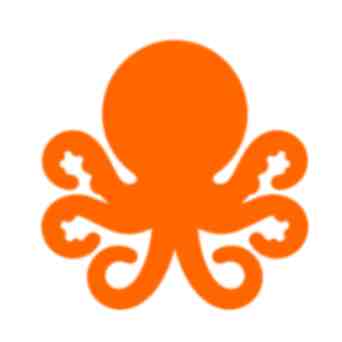How NFTs are Shaping the Future of Art

How NFTs are Shaping the Future of Art
The world of art has forever been altered by the advent of Non-Fungible Tokens (NFTs). Traditionally, art was confined to physical galleries, auction houses, and private collections, limiting access and manipulation to qualified entities. However, NFTs are breaking these boundaries and allowing more individuals to partake in the acquisition, sale, and appreciation of art. What are NFTs, and how are they reshaping the structure of the art industry today?
Concept Introduction
Non-Fungible Tokens (NFTs) have become a buzzword in recent years, transforming how artists create, sell, and own digital works. An NFT is a unique digital identifier that cannot be copied, substituted, or subdivided, registered in a blockchain, and used to certify ownership and authenticity of a digital asset. Unlike cryptocurrencies such as Bitcoin or Ethereum, which are fungible and can be exchanged on a one-to-one basis, NFTs are unique and distinctive which adds intrinsic value to them.
Historical Background or Origin
The concept of NFTs originated from the idea of creating scarce digital goods on blockchains. The launch of the Ethereum blockchain enabled the minting of NFTs due to its support for smart contracts. In 2017, the NFT movement began gaining traction with projects like CryptoPunks and CryptoKitties, where unique digital assets represented ownership of distinctive digital items. As the concept developed, more artists and creators began adapting NFTs into their work, reshaping how digital art was monetized and distributed.
Working Mechanism
NFTs operate using blockchain technology, most commonly on the Ethereum network, although other blockchains like Flow and Tezos have also embraced them. When an artist wants to sell a piece as an NFT, they mint it on a marketplace, where it is assigned a unique identifier. The blockchain records the transaction, ensuring the data regarding ownership, provenance, and history of the NFT is transparent and immutable.
Each sale or transfer of an NFT is recorded on its respective blockchain, maintaining an auditable trail that enables buyers and sellers to confirm the authenticity and ownership with certainty. Marketplaces such as OpenSea, Rarible, and Foundation have sprung up to facilitate these transactions, offering artists various platforms to showcase their work.
Benefits or Advantages
Authenticity and Provenance: NFTs' reliance on blockchain technology ensures artists and collectors can track the origin and ownership of a digital piece, protecting against counterfeits and reproductions.
New Revenue Streams: Artists no longer rely solely on traditional sales models. NFTs harness global marketplaces, allowing artists to access a wider audience and set their own selling conditions, including royalties on secondary sales.
Permanent Representation: As digital artifacts on a blockchain, NFTs ensure that even if physical storage devices fail, the piece itself is always accessible to those who own it.
Fractional Ownership: While typically an NFT is owned by one person, smart contracts allow for the splitting of ownership amongst buyers, tapping into collective funding phenomena and decentralizing investment.
Conclusion or Future Outlook
As the popularity of NFTs rises, so too will their influence on how art is perceived and appreciated globally. The structure allows artists more freedom and control over the presentation and monetization of their artwork. However, the future of NFTs is still being determined, with the fluctuating market and environmental concerns prompting ongoing debate.
With increasing adoption rates and innovation within the blockchain space, NFTs are likely to become further intertwined with art, representation, and ownership across various domains. The progressive role they play is an exciting movement that continues to echo the digital frontier's possibilities.
Collectors and artists should monitor this evolving landscape closely to identify emerging opportunities while using secure platforms such as Bitget Exchange when engaging financial transactions, and ensuring safe crypto storage through tools like Bitget Wallet. Dive in and explore how NFTs could be a bright beacon on your artistic journey!




















